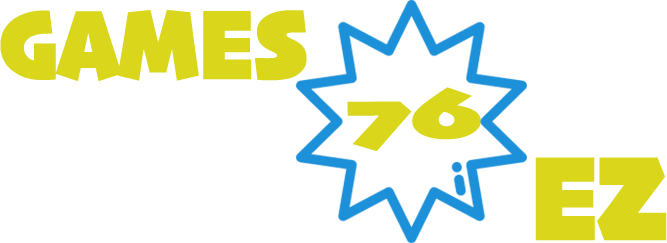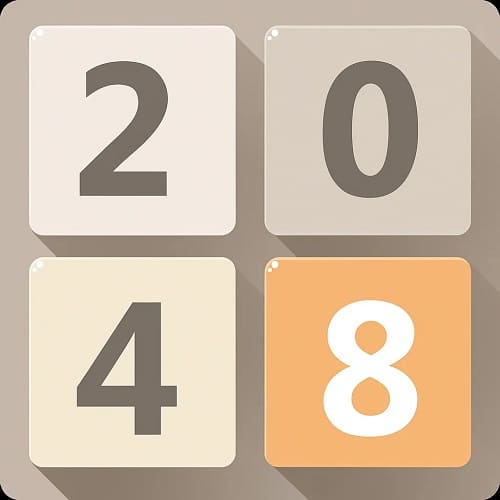
2048
All trademarks belong to their respective owners.
Description
2048 is a timeless sliding tile puzzle game created by Gabriele Cirulli in 2014. Played on a 4x4 grid, the goal is simple yet challenging: slide and merge numbered tiles until you reach the 2048 tile. With every move, tiles slide in the chosen direction, and matching numbers combine to form higher values. The game starts with tiles marked “2” or “4,” but with smart moves, you’ll quickly create 16, 128, and beyond.
What makes 2048 so addictive is its mix of logic and chance. Each move requires careful planning to prevent the board from filling up too soon. The more tiles you merge, the higher your score climbs, with glowing high-value tiles marking your progress. Even after reaching the famous 2048 tile, you can keep going—some players have pushed the limits all the way to 131,072.
As an unblocked HTML5 game, 2048 runs smoothly on any Chromebook or browser, no downloads needed. Its minimalist design, mobile compatibility, and endless replay value make it a perfect choice for short, distraction-free study breaks on Games76EZ.
Mental Benefits & Learning Value
2048 sharpens strategic thinking, problem-solving, and forward planning, making it both fun and educational. On Games76EZ, it provides a safe way for students to refresh their minds while still exercising their critical thinking skills.
Controls
- Arrow Keys / WASD: Slide tiles
- Combine tiles with the same value to merge them
- Keep playing until you reach (or surpass) the 2048 tile
Developer
2048 was developed by Gabriele Cirulli and released in 2014. This unblocked version is now available on Games76EZ, fully optimized for smooth Chromebook play.
Information
New Games

1v1 LOL
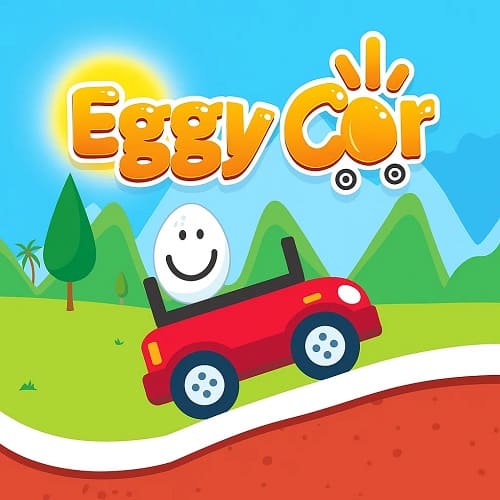
Eggy Car
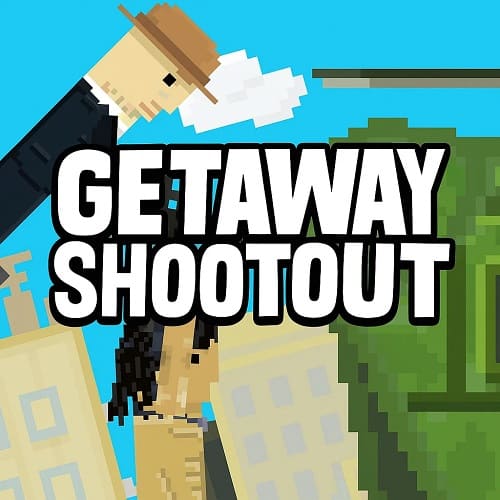
Getaway Shootout

Drift Hunters

Retro Bowl

Tomb Of The Mask

Football Bros

OvO

Five Nights at Freddy's 2
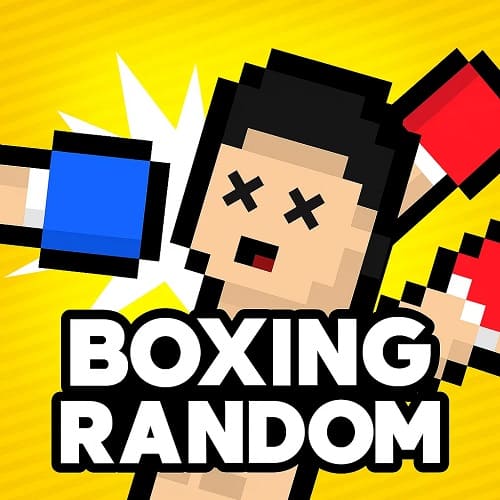
Boxing Random

Cookie Clicker

Awesome Tanks 2

Slope Ball
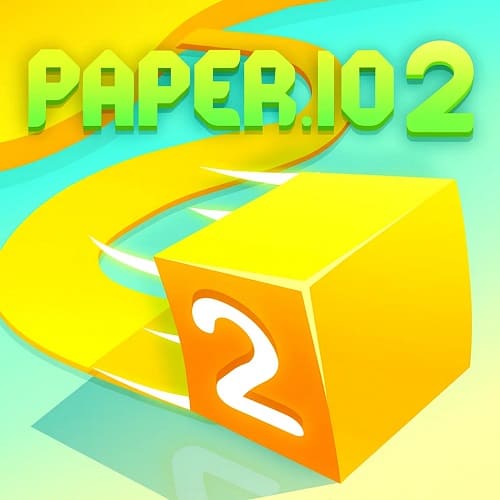
Paper.io 2
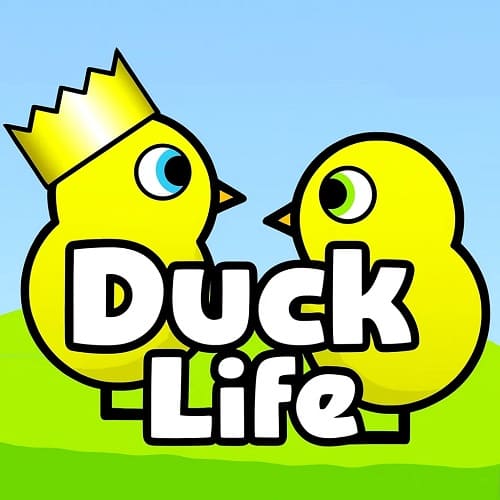
Duck Life

Drive Mad
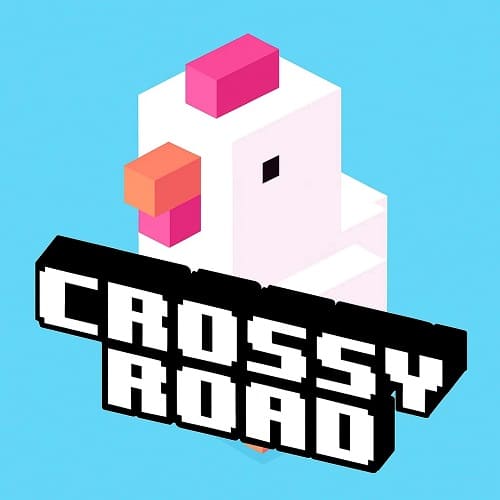
Crossy Road

GunSpin
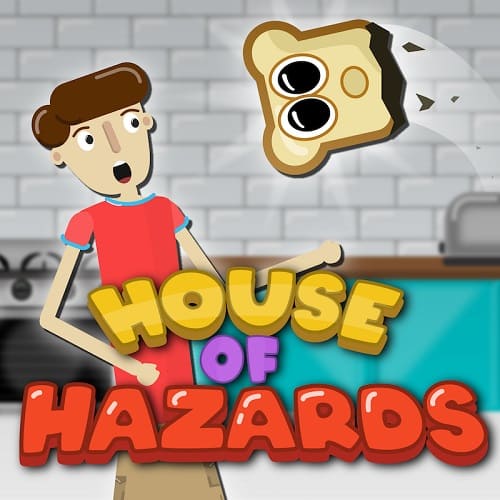
House Of Hazards
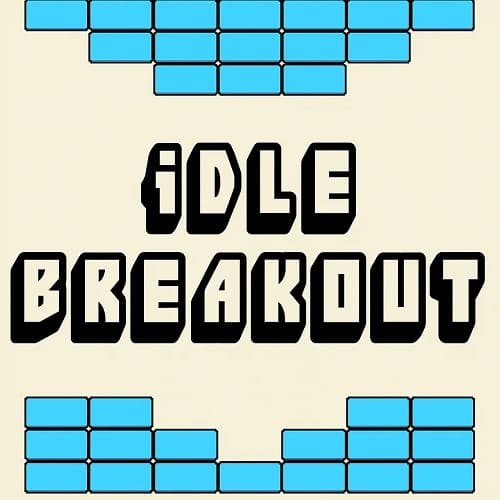
Idle Breakout

Soccer Legends 2021

Dragon Simulator 3D

Strike Football

Axis Football League
